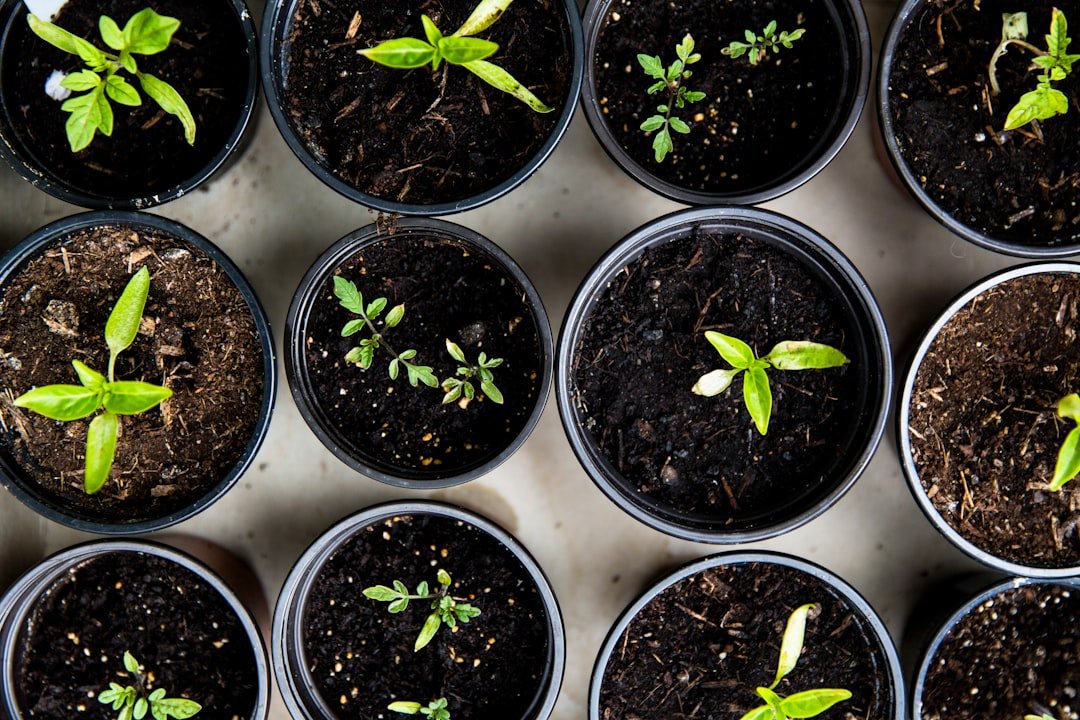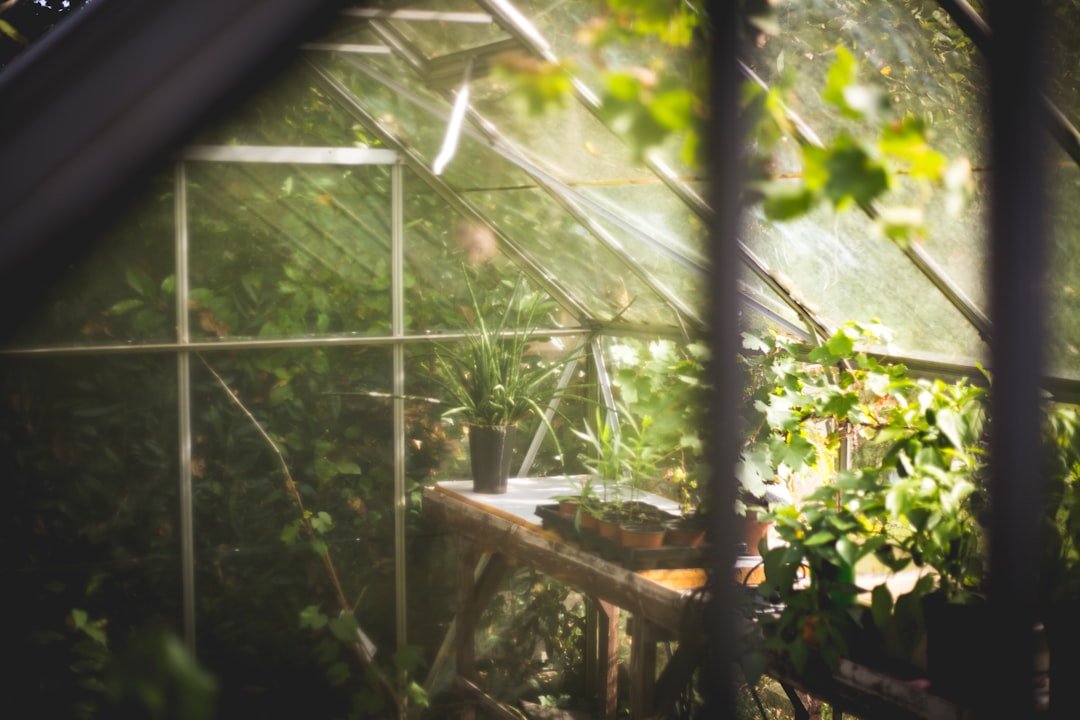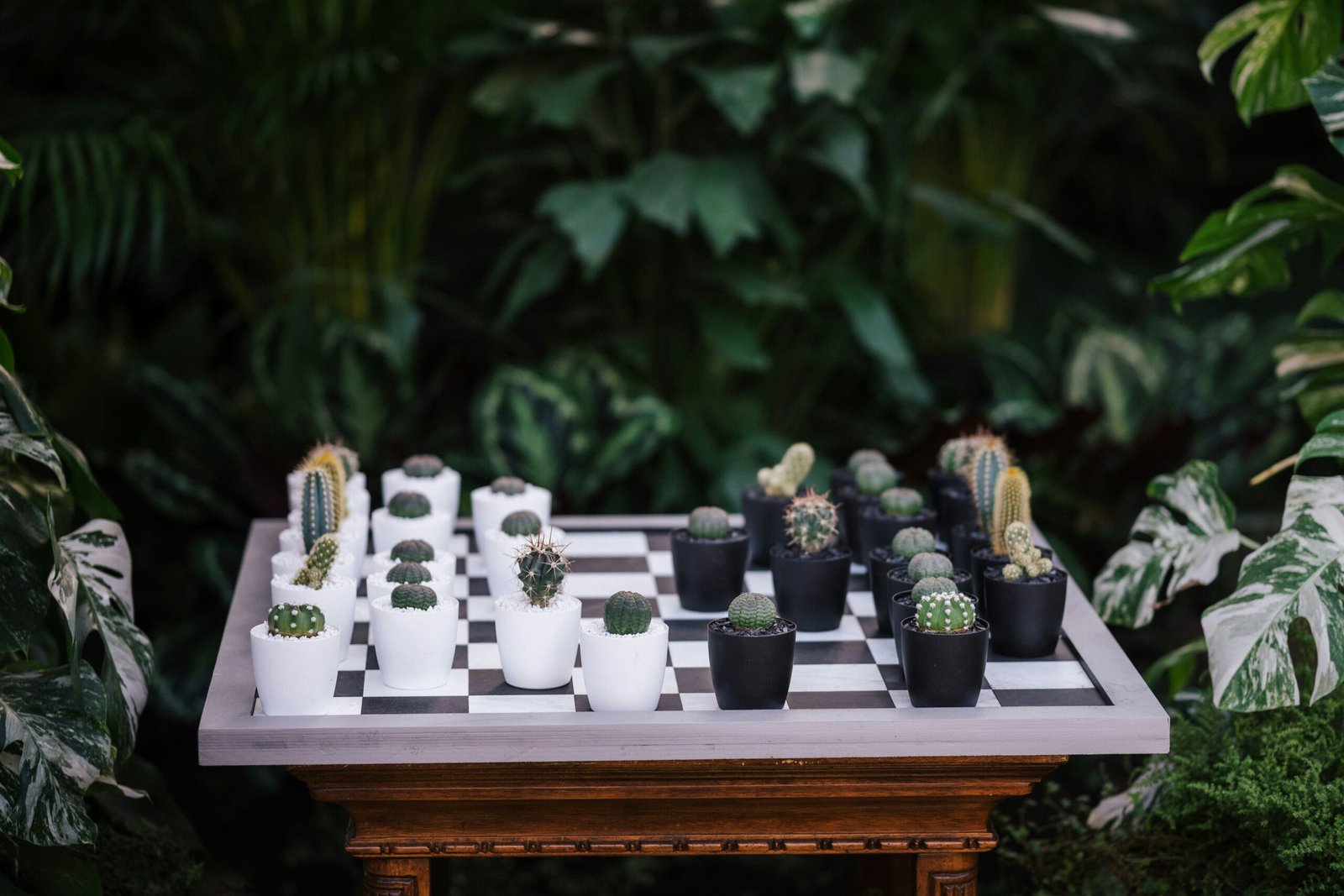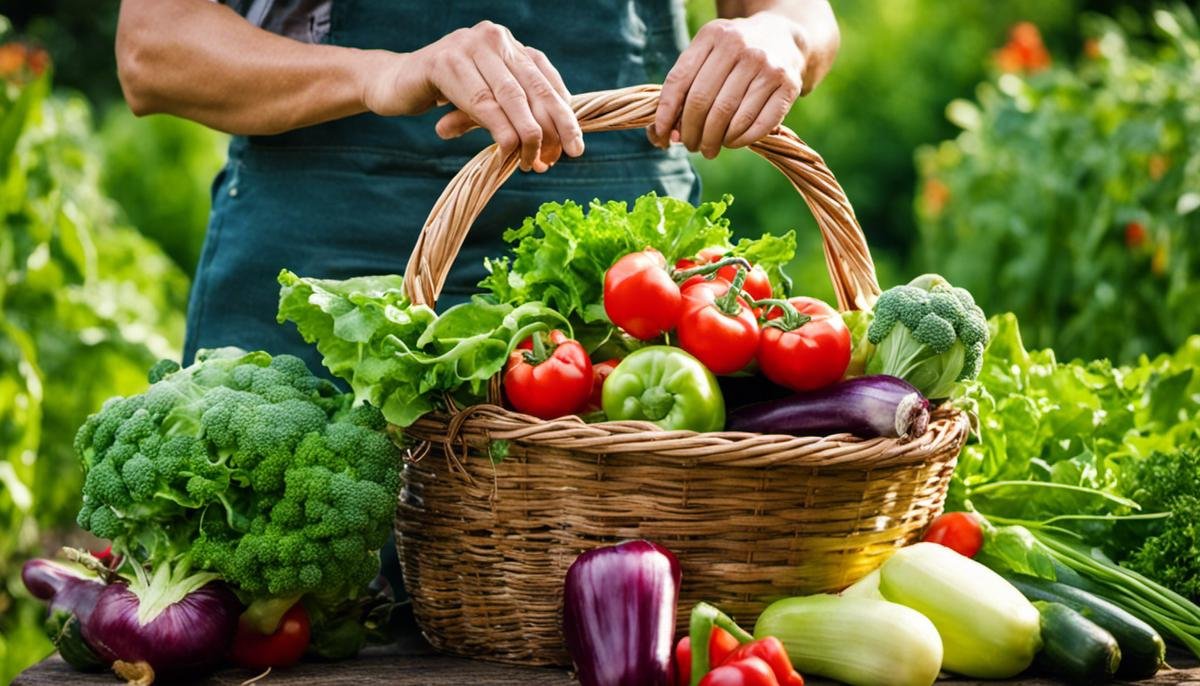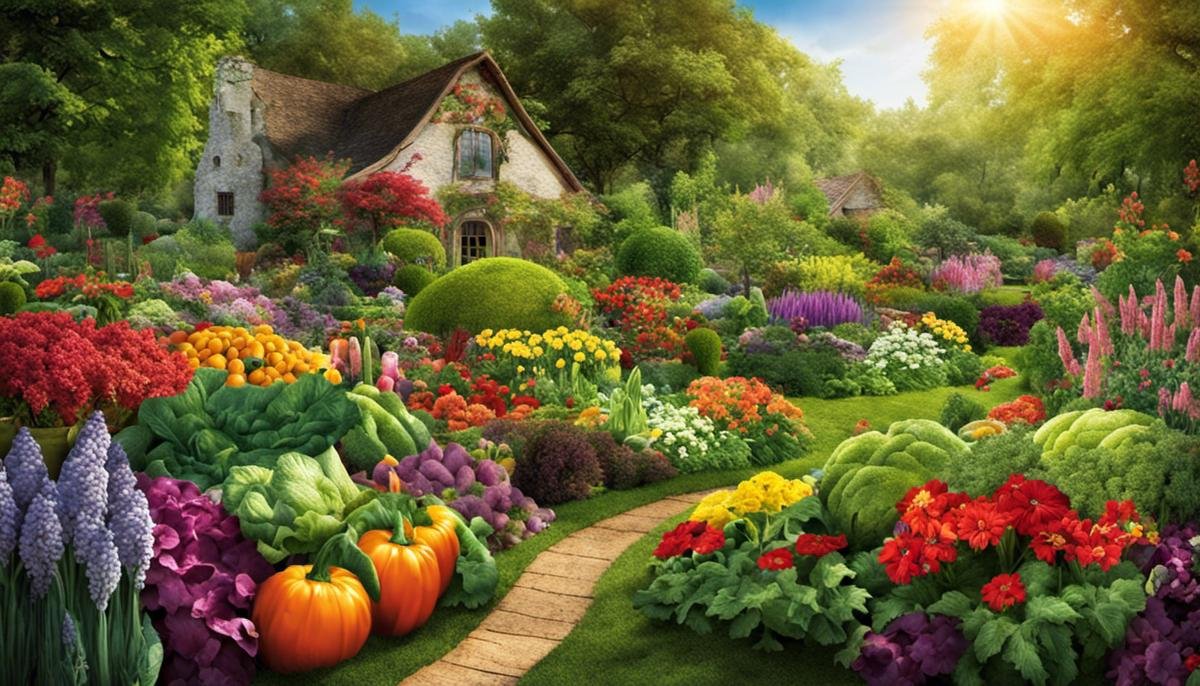Gardening is a rewarding and fulfilling hobby that allows individuals to connect with nature, beautify their surroundings, and even grow their own food. Whether you have a sprawling backyard or a small balcony, gardening can be enjoyed by anyone. In this comprehensive guide, we will explore various aspects of gardening to help you achieve planting success and create a beautiful outdoor space.
Key Takeaways
- Understanding your gardening zone is crucial for successful planting
- Soil preparation is key to ensuring a thriving garden
- Choosing the right plants for your zone can make all the difference
- Proper watering techniques are essential for optimal growth
- Finding the right balance of fertilization is important for a healthy garden
Understanding Your Gardening Zone: A Guide to Planting Success
One of the first steps to successful gardening is understanding your gardening zone. Gardening zones are determined by the USDA (United States Department of Agriculture) and are based on average minimum winter temperatures. By knowing your zone, you can select plants that are well-suited for your specific climate and growing conditions.
To determine your gardening zone, you can refer to the USDA’s Plant Hardiness Zone Map. This map divides the United States into different zones based on temperature ranges. Simply locate your area on the map to find your corresponding zone.
Planting according to your zone has numerous benefits. It increases the likelihood of plant survival and reduces the risk of frost damage. Additionally, plants that are well-suited for your zone are more likely to thrive and produce abundant blooms or fruits.
Examples of plants that thrive in different zones include:
– Zone 3: Siberian iris, peonies, and lilacs
– Zone 7: Roses, lavender, and hydrangeas
– Zone 10: Bougainvillea, hibiscus, and citrus trees
Soil Preparation: The Key to a Thriving Garden
Soil quality plays a crucial role in the growth and health of plants. Before planting, it is important to test your soil to determine its pH level and nutrient content. This will help you understand what amendments or fertilizers may be needed to improve the soil quality.
There are various methods for testing soil, including DIY kits or sending samples to a professional lab. Once you have the results, you can make informed decisions about soil amendments. Common amendments include adding organic matter such as compost or well-rotted manure to improve soil structure and fertility.
Different types of soil have different characteristics that can affect plant growth. Sandy soil drains quickly but may require more frequent watering and fertilizing. Clay soil retains moisture but can become compacted, making it difficult for roots to penetrate. Loamy soil is considered ideal as it retains moisture while allowing for good drainage.
Choosing the Right Plants for Your Gardening Zone
| Plant Name | Hardiness Zone | Light Requirements | Watering Needs | Soil Type |
|---|---|---|---|---|
| Rose | Zones 4-9 | Full sun | Regular watering | Well-drained soil |
| Lavender | Zones 5-9 | Full sun | Low watering | Sandy, well-drained soil |
| Hosta | Zones 3-9 | Partial to full shade | Regular watering | Moist, well-drained soil |
| Tomato | Zones 3-10 | Full sun | Regular watering | Well-drained, fertile soil |
| Succulent | Zones 9-11 | Full sun to partial shade | Low watering | Sandy, well-drained soil |
When selecting plants for your garden, there are several factors to consider. These include your gardening zone, the amount of sunlight your garden receives, and the type of soil you have. By considering these factors, you can choose plants that are well-suited for your garden’s conditions and increase the chances of success.
In addition to considering your gardening zone, it is important to choose plants that match your garden’s conditions. For example, if you have a shady garden, opt for shade-loving plants such as hostas or ferns. If you have a sunny garden with well-drained soil, consider planting sun-loving flowers like marigolds or zinnias.
It is also helpful to consider the height and spread of plants when planning your garden. Taller plants can provide privacy or act as a focal point, while shorter plants can be used as borders or groundcovers. By selecting a variety of plants with different heights and spreads, you can create visual interest and a balanced garden design.
Watering Your Garden: Tips for Optimal Growth
Proper watering is essential for the health and growth of plants. The amount and frequency of watering will depend on factors such as the type of plant, weather conditions, and soil moisture levels. Overwatering or underwatering can lead to plant stress or even death.
To determine watering needs, it is important to monitor the moisture levels of the soil. Stick your finger into the soil up to the second knuckle. If the soil feels dry at that depth, it is time to water. However, if the soil feels moist, it is best to wait before watering.
There are several techniques for efficient watering. One method is to water deeply and infrequently, allowing the water to penetrate the root zone. This encourages deep root growth and makes plants more resilient during dry periods. Another technique is to use drip irrigation or soaker hoses, which deliver water directly to the base of plants and minimize water loss through evaporation.
Fertilizing Your Garden: Finding the Right Balance

Fertilizers play a crucial role in providing essential nutrients to plants. They can help promote healthy growth, increase flower or fruit production, and improve overall plant vigor. However, it is important to find the right balance when fertilizing your garden.
Before applying fertilizers, it is important to understand the nutrient requirements of your plants. Different plants have different nutrient needs, and applying too much fertilizer can lead to nutrient imbalances or even burn the roots of plants.
When selecting fertilizers, it is helpful to choose organic options that release nutrients slowly and improve soil health over time. Organic fertilizers such as compost or well-rotted manure are rich in nutrients and also help improve soil structure and fertility.
It is also important to follow the recommended application rates and timing for fertilizers. Applying fertilizers at the wrong time or in excessive amounts can be detrimental to plant health and may contribute to nutrient runoff into waterways.
Pest Control: Natural Solutions for a Healthy Garden
Garden pests can wreak havoc on plants and diminish their health and productivity. However, there are natural methods for pest control that can help protect your garden without resorting to harmful chemicals.
Common garden pests include aphids, slugs, snails, and caterpillars. These pests can damage leaves, flowers, and fruits, and may even transmit diseases. To control pests naturally, you can introduce beneficial insects such as ladybugs or lacewings that feed on pests. You can also use physical barriers like netting or row covers to protect plants from pests.
Another natural method for pest control is companion planting. Certain plants have natural pest-repellent properties and can help deter pests from your garden. For example, planting marigolds or nasturtiums near vegetables can help repel aphids and other pests.
Preventing pest infestations is also key to maintaining a healthy garden. Regularly inspect your plants for signs of pests or diseases and take action at the first sign of trouble. Removing diseased or infested plant material and practicing good garden hygiene can help prevent the spread of pests and diseases.
Pruning and Maintenance: Keeping Your Garden in Shape
Regular maintenance is essential for the health and appearance of your garden. Pruning and shaping plants not only improves their overall form but also promotes healthy growth and flowering.
Pruning techniques will vary depending on the type of plant. For shrubs or trees, it is important to remove dead or damaged branches to improve air circulation and prevent disease. Pruning can also help shape plants and encourage branching, resulting in a fuller and more attractive appearance.
Maintenance tasks such as weeding, mulching, and deadheading spent flowers are also important for keeping your garden in shape. Weeding helps prevent competition for nutrients and water, while mulching helps conserve moisture and suppress weed growth. Deadheading spent flowers encourages plants to produce more blooms and prolongs the flowering season.
Container Gardening: Perfect for Small Spaces
Container gardening is a great option for individuals with limited space or those who want to add greenery to their patios or balconies. It allows you to grow a variety of plants in pots or containers, providing flexibility and versatility in your garden design.
One of the benefits of container gardening is the ability to control soil quality and drainage. You can choose the appropriate potting mix for your plants and ensure that the containers have adequate drainage holes to prevent waterlogged roots.
When selecting containers, it is important to consider the size and material. Larger containers provide more room for root growth and retain moisture better than smaller ones. Additionally, containers made of materials such as terracotta or ceramic may require more frequent watering compared to those made of plastic or fiberglass.
Maintaining container gardens involves regular watering, fertilizing, and pruning. Containers tend to dry out more quickly than garden beds, so it is important to monitor soil moisture levels and water as needed. Fertilizing can be done with slow-release granules or liquid fertilizers, following the recommended application rates. Pruning can help control the size and shape of plants and prevent overcrowding in containers.
Garden Design: Creating a Beautiful and Functional Outdoor Space
Garden design is an important aspect of creating a beautiful and functional outdoor space. It involves planning the layout, selecting plants and materials, and considering factors such as color, texture, and focal points.
When planning your garden design, it is helpful to consider the overall style or theme you want to achieve. Some popular garden design styles include formal gardens with symmetrical layouts and clipped hedges, cottage gardens with a mix of flowers and informal paths, or modern gardens with clean lines and minimalist plantings.
In addition to aesthetics, it is important to consider functionality when designing your garden. Think about how you will use the space and what activities you want to accommodate. For example, if you enjoy outdoor dining, consider incorporating a patio or seating area. If you have children or pets, leave space for play or install a fence for safety.
Other elements to consider in garden design include pathways, lighting, and focal points. Pathways can guide visitors through the garden and create visual interest. Lighting can extend the usability of the garden into the evening and highlight key features. Focal points such as sculptures, water features, or specimen plants can draw the eye and create a sense of drama or interest.
Seasonal Gardening: Tips for Year-Round Planting and Harvesting
Seasonal gardening allows you to enjoy your garden year-round by selecting plants that thrive in different seasons. By planning your garden with seasonal interest in mind, you can have blooms or harvests throughout the year.
When selecting plants for different seasons, it is important to consider their bloom or harvest times. For example, spring-blooming bulbs such as tulips or daffodils should be planted in the fall to ensure they bloom in spring. Similarly, cool-season vegetables like lettuce or spinach should be planted in early spring or fall for optimal growth.
To extend the growing season, you can use techniques such as succession planting or season extension methods. Succession planting involves planting crops at different intervals to ensure a continuous harvest. Season extension methods include using row covers or cold frames to protect plants from frost and extend their growing period.
In conclusion, gardening is a rewarding and fulfilling hobby that allows individuals to connect with nature and create beautiful outdoor spaces. By understanding your gardening zone, preparing the soil, choosing the right plants, watering and fertilizing properly, controlling pests naturally, maintaining your garden, exploring container gardening options, designing a functional outdoor space, and practicing seasonal gardening, you can achieve planting success and enjoy the benefits of a thriving garden. So grab your gardening tools and get started on your gardening journey today!
If you’re a gardening enthusiast looking to enhance your green space with succulents, you’ll love this article on Hathai.in. They provide valuable insights on the beauty and care tips for the string of pearls succulent, a unique and eye-catching plant that can add a touch of elegance to any garden. Additionally, Hathai.in offers another informative piece on adding beauty to your garden with succulents that bloom flowers. Check out these articles for expert advice and inspiration to create a stunning garden oasis. Hathai.in












